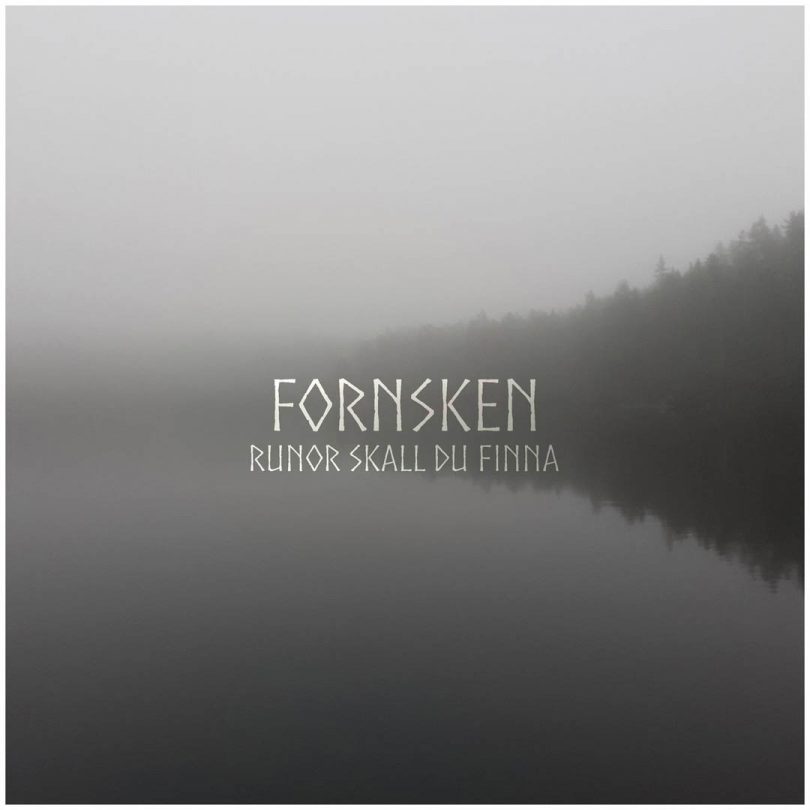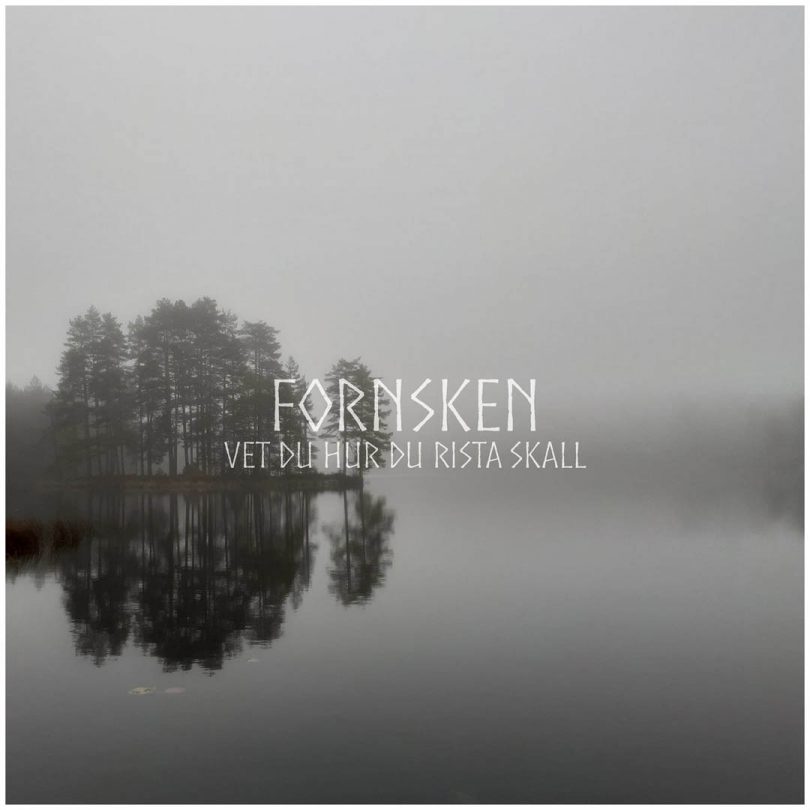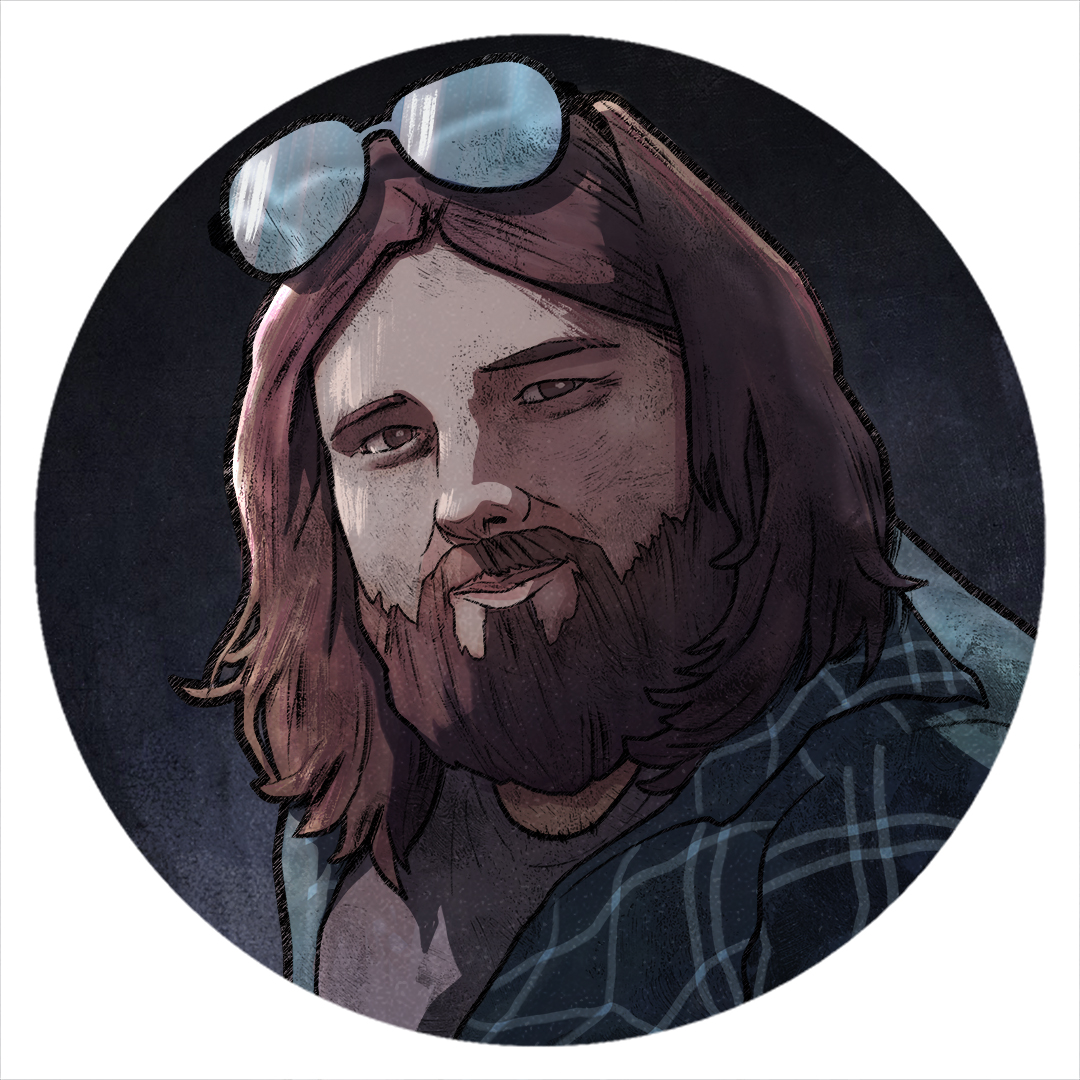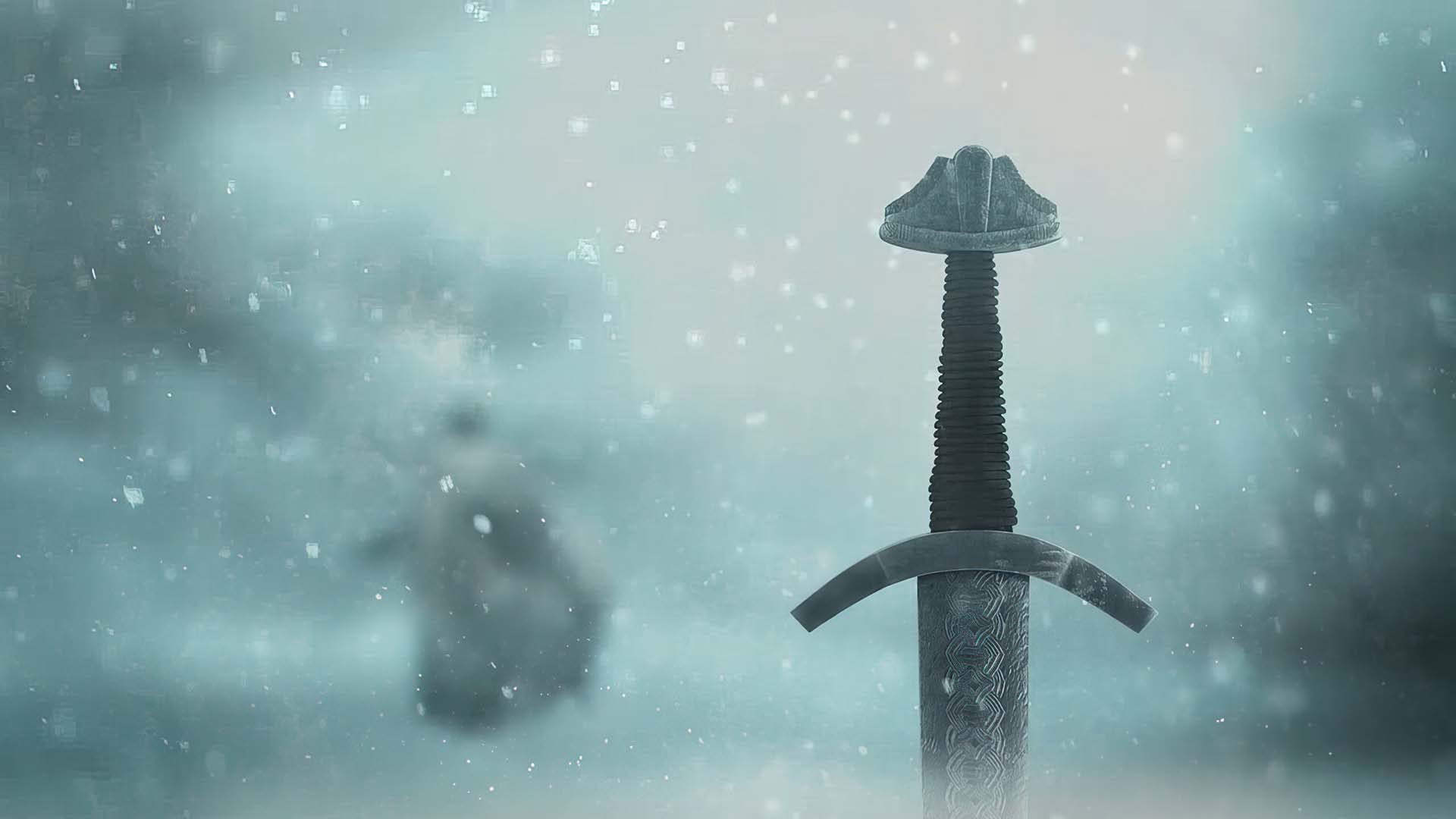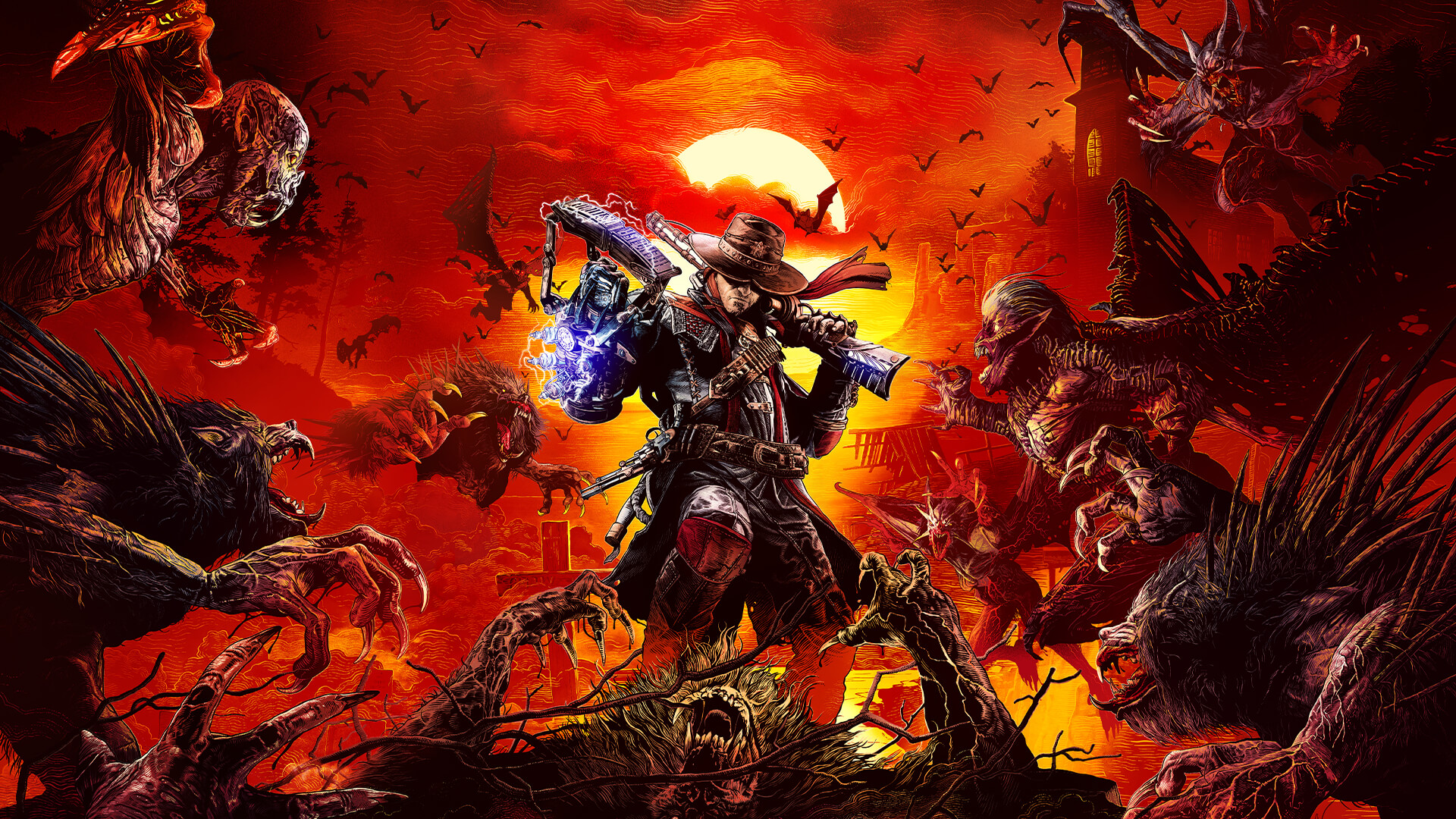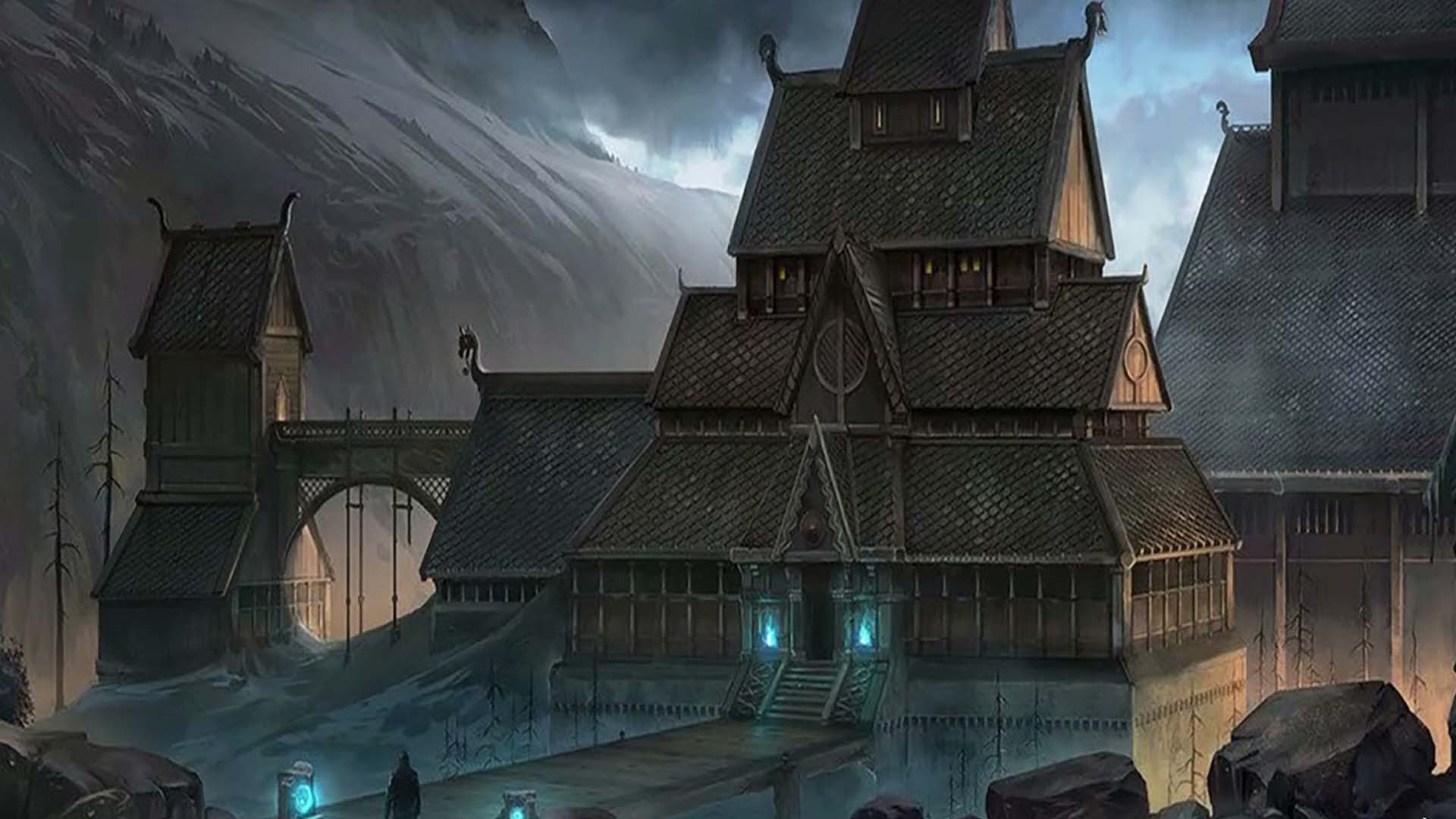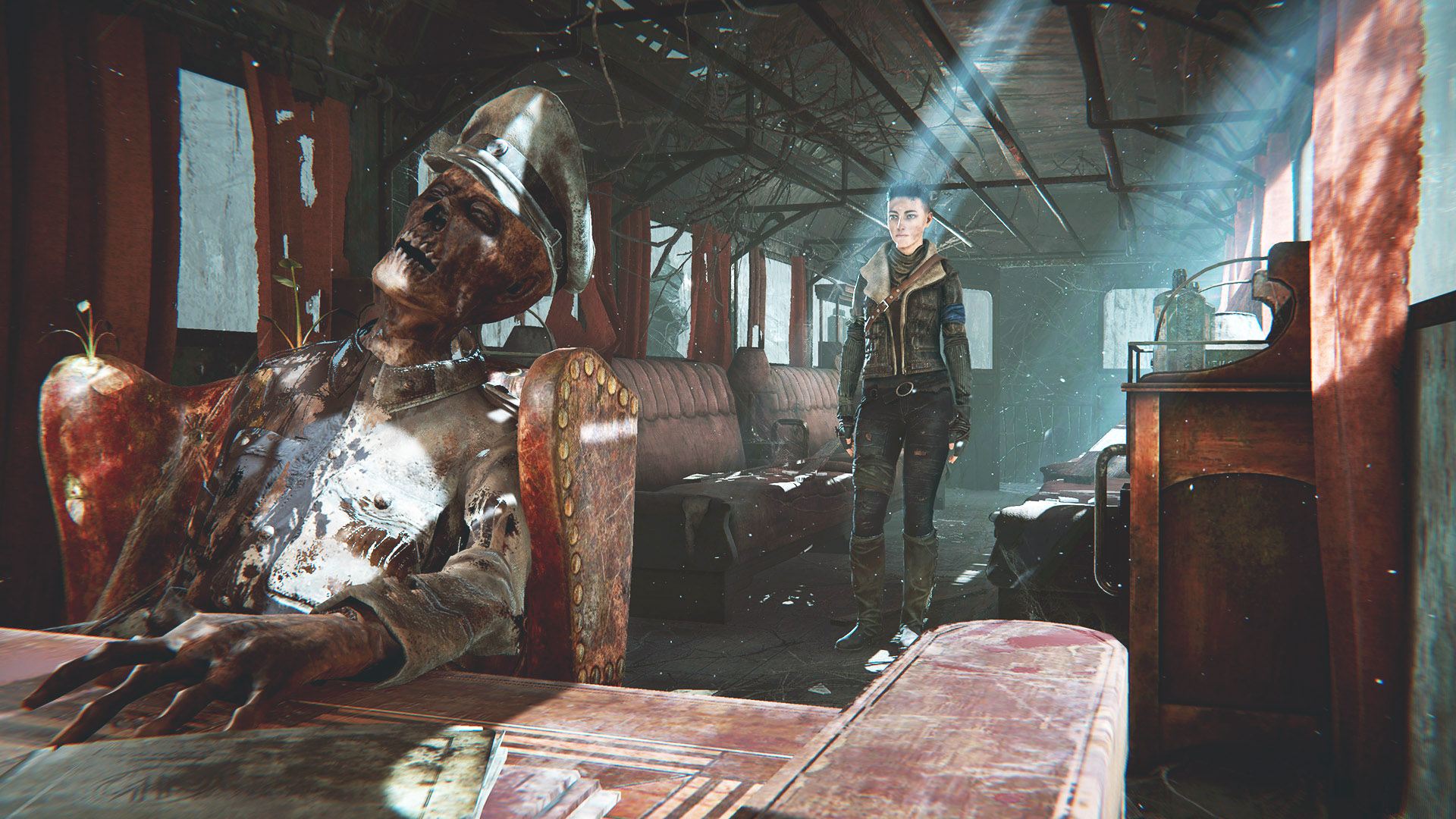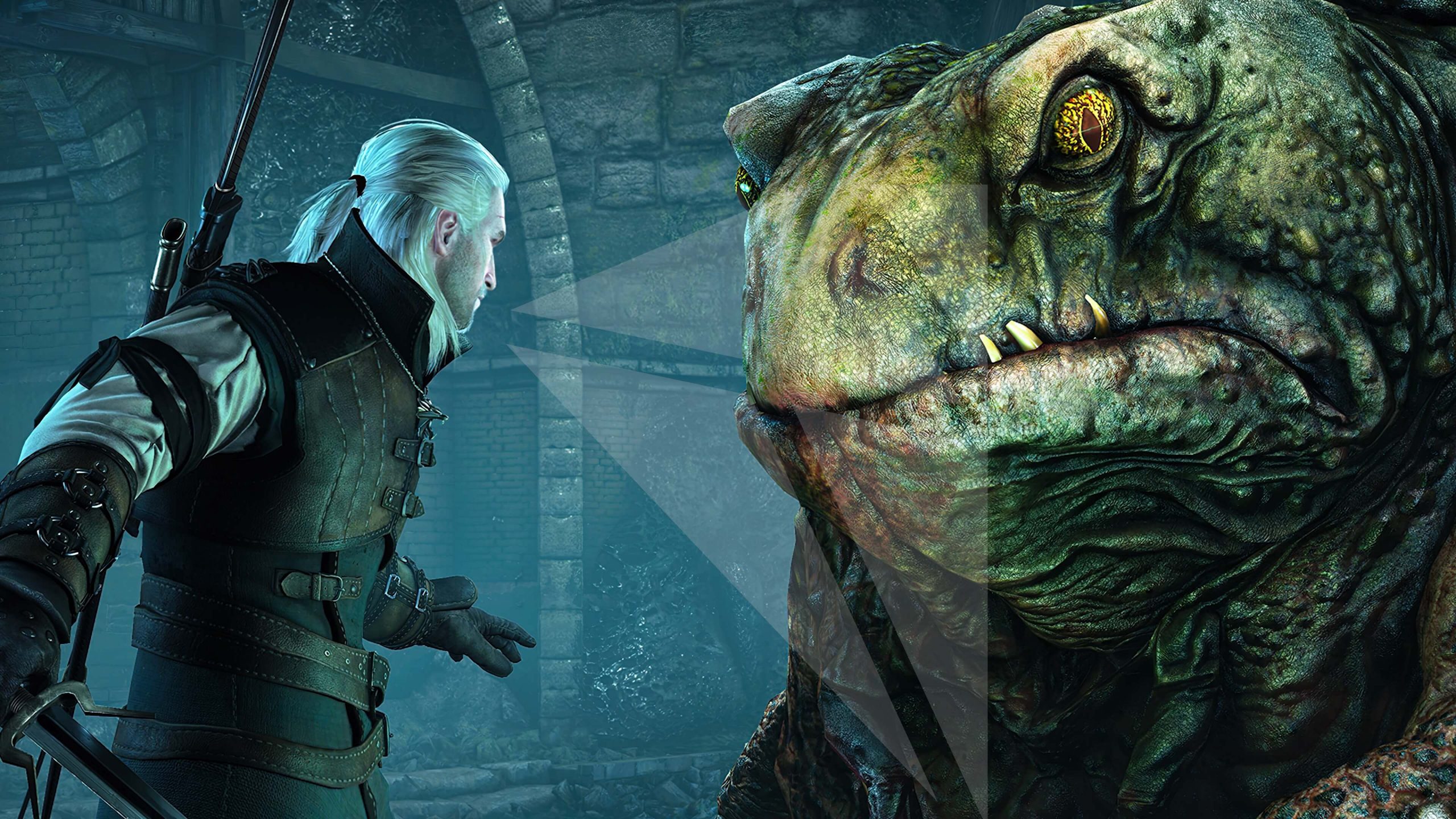August 26, 2021 — Founded (and masterminded) by Swedish musician Andreas Axelsson (presumably no relation to the ex-Marduk and Edge of Sanity musician of the same name), his project’s latest album Galder Jag Kväda Kan represents the final part of a trilogy two years in the making, exploring Nordic culture and music.
Interestingly, the approach undertaken by Fornsken diverges somewhat from most of its Nordic folk contemporaries. For one, although the record most certainly dives headlong into the cinematic sense of drama that many other groups use as their bread and butter, Fornsken as a project seems much more oriented around the idea of songs rather than compositions.
“Fornsken’s initial release sequence is nothing short of an ambitious marvel, not just bringing the wider concept to fruition but laying seeds for sonic motifs and elements which could be greater developed in future releases.”
This is by no means a diminishment of its instrumentation, more a commendation of how the project constructs each piece to feel unique and interesting, anchored around vocal patterns and poetry inspired by the Elder Futhark (the oldest form of the runic alphabet used long before the Viking Age, of which very little has survived compared to Old Norse/Icelandic tidbits carved in the Younger Futhark).
The art of songwriting
Considering the difficulties some listeners can have with immersion entirely within the instrumental realm (especially when such territories often rely on the same tricks and patterns), Fornsken offers a bridge into the Nordic folk pantheon without sacrificing the overall shape and aesthetic of the genre. The record’s eponymous opening track lurches to life like the opening notes of a symphony orchestra, ambient noise giving way to droning, soulful vocals that draw on the ritualistic associations dredged up by acts like Heilung or Nytt Land.
High Fidelity
Inevitably so much of the Nordic folk landscape is set up and created within sterile studio environments which tends to lend an immense sense of sonic depth to each composition, but can also rob songs of their wild, natural feel. By way of contrast, Fornsken’s ‘Tyr’ — named after the Norse god of justice of the same name who lost his hand to the jaws of the Fenris wolf — utilizes the sound of nature as part of its structure, while instrumentally the percussion comes from something that suspiciously sounds like a tool (or one-handed axe) being tapped against metal, lending a sense of physicality to the recording that makes it feel organic and man-made — as opposed to studio constructed.
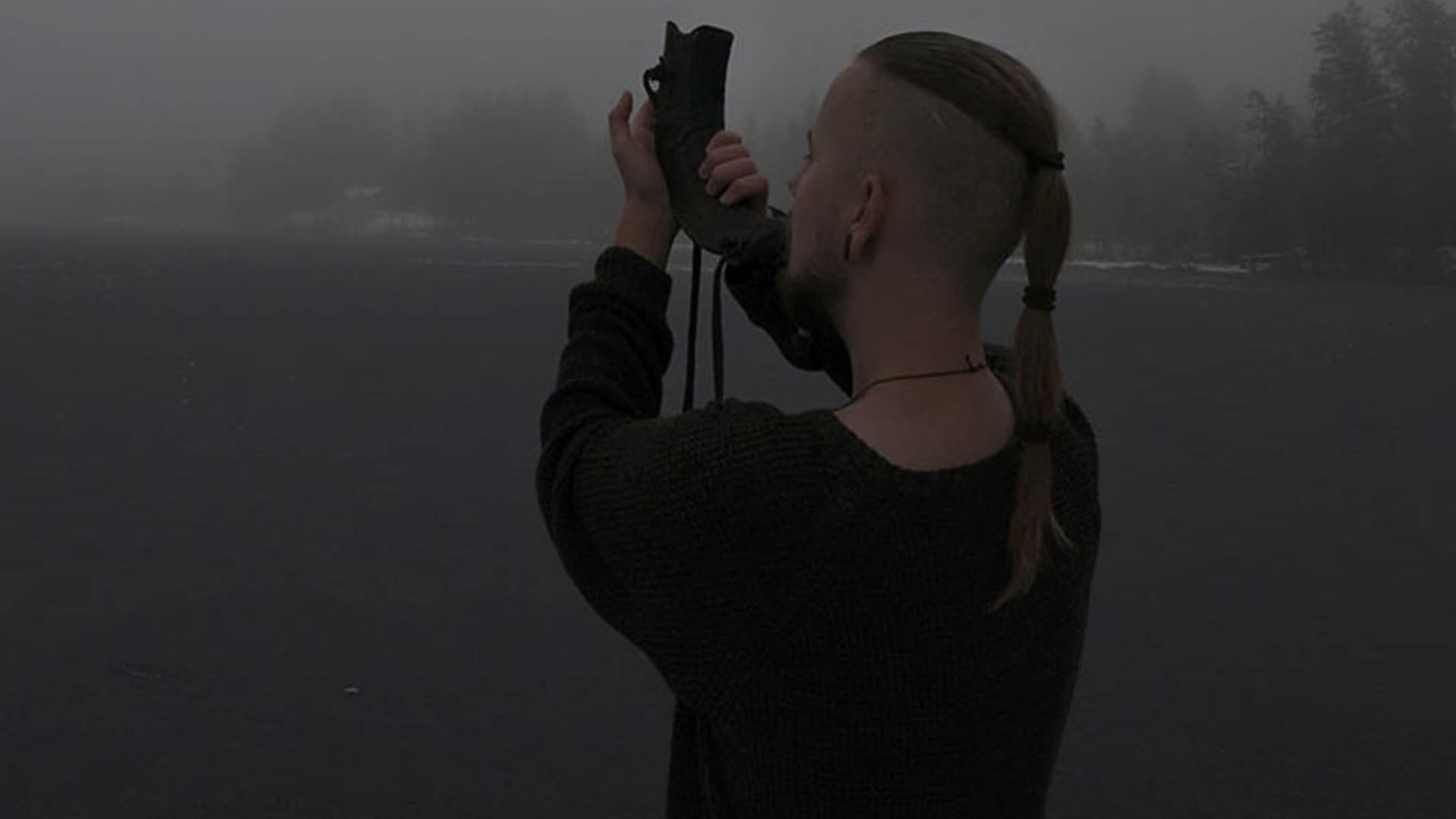
Andreas Axelsson aka Fornsken. Photo Credit: Unknown
In turn, this physicality gives the overall release an extra sense of immersion and tangibility, the feeling that you are almost in the room hearing the placement of the instruments and small ambient sounds. The additional percussion, in particular, is a nice touch; after all, traditional folk musicians would not have always had access to musicians, but percussion can come from anywhere in the surrounding area given a suitable creative incentive. More than just the percussion, however, the instrumentation of Galder Jag Kväda Kan seems to grow with each new song, later tracks veering into territories that almost connect the worlds of historical folk and modern tradition.
Three Albums, One Vision
Released across May, June, and August, Fornsken’s introductory neofolk trilogy betrays the ambitious scope of the project, each release focusing on a different theme and element of Scandinavian and traditionally Nordic/Fennoscandian aesthetics (Finland was the eastern half of Sweden for almost 1000 years, sharing the same culture to a large degree — lost to the Russians in 1809.) Galder Jag Kväda Kan is every bit as immersive a release as you would hope to find in the contemporary Nordic folk scene, but also segmented in such a way that individual songs can still capture the imagination when removed from the wider sequence. From the dark foreboding of ‘Ingwaz’ to the unwieldy strings of ‘Odal’ (the only track to feature a guest musician, in the form of vocalist Linnea Engman), the songs each conjure their own individual sense of spirit and style that makes for an engaging listen.
Verdict
7
Out of 10
The Good
- The release is segmented and paced in such a way it never truly lulls into one tonal space or pattern.
- There is a fidelity to the recording that means instruments often give off a sense of space – vocals further forward or back in the mix, clangs that come slightly off-center that creates a sense of immersive ‘room’.
Additional thoughts
- There are times where the songs’ natural elements drown out some of the instrumentation, particularly in ‘Mannaz’.
- It is hard to identify what Fornsken’s strongest aesthetic identifier is. The folk act’s tonal variety does not characterize itself against the wider Nordic and neofolk genres.
Fornsken’s initial release sequence is nothing short of an ambitious marvel, not just bringing the wider concept to fruition but laying seeds for sonic motifs and elements which could be greater developed in future releases.
Fornsken’s album Galder Jag Kväda Kan concludes the project’s launch strategy. The new LP (and the whole trilogy) can be purchased or streamed from Fornsken’s Bandcamp page. Once more, we have added our favorite songs to the Kurgan Compass™ Spotify playlist — reserved only for the best, newly released neofolk music.





